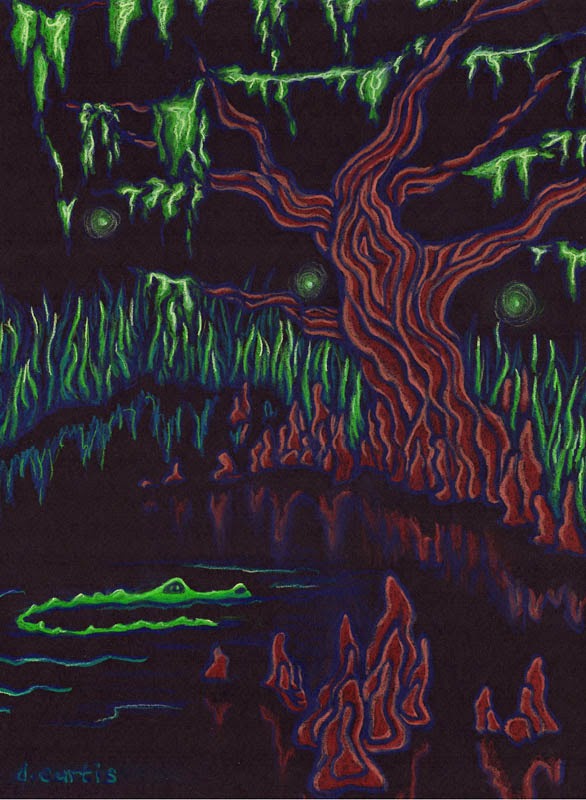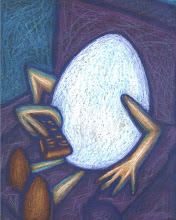The Birth of Picasso
The Birth of Picasso
I see this painting as the birth of the artist in Picasso - or the creative genius we remember today. He was such a controversial, confidant guy. He could be rude, charming, selfish and generous. He treated women like dirt yet had many, many lovers. The entire life of Picasso was riddled with contradictions and yet he is one of the most creative artists that ever lived.Would we even have the legacy that Picasso left us if it hadn't been for the commission you seen above? The young Picasso had already seized the public's attention at a very young age. Although he went to one of the finest art schools in Europe, they didn't have what he needed to progress so he dropped out.
He met the powerful writer, Gertrude Stein who commissioned the young Picasso to paint her portrait. Portraits are not easy. Most artists steer clear of these commissions for obvious reasons such as people complain at unflattering images of themselves and the features in the human face can be so subtle that a small twitch of the nose can cause the painting to look like someone other than the sitter posing for the piece. It takes a real knack to capture someone's likeness in a painting and many gifted artists do not have this ability even though they might be very talented.
Picasso was struggling with the painting for Gertrude Stein and my guess is that she was probable tired of sitting for this painting. Out of sheer frustration, Picasso whites out her face and then leaves for a vacation. During that time, he visits his first African art exhibit and it makes a lasting impression on his work. When he returns to his studio, Gertrude is no longer available to sit for him. Now what is he going to do? He needs the money. He wants to get paid for all the labor he's put into the piece so he remembers that African art exhibit. "Why does she have to be present?" he asks himself. "I remember what she looks like." He decides to finish the painting strictly from his own memory of her and then delivers the painting. Several people comment that she doesn't look much like the painting and he responds confidently, "she will." This might seem like a minor challenge for the young Picasso but it was a huge breakthrough in his career and his creativity. He realizes that he no longer has to paint what he sees before him. Like the abstracted masks he saw in the African art exhibit, he can paint what is in his mind. He can also interpret what he sees in an expressive style that does not have to mimic Realism. At this time, modern art is born in the mind of Picasso and this new enlightenment brought many styles and movements to the world of art.











